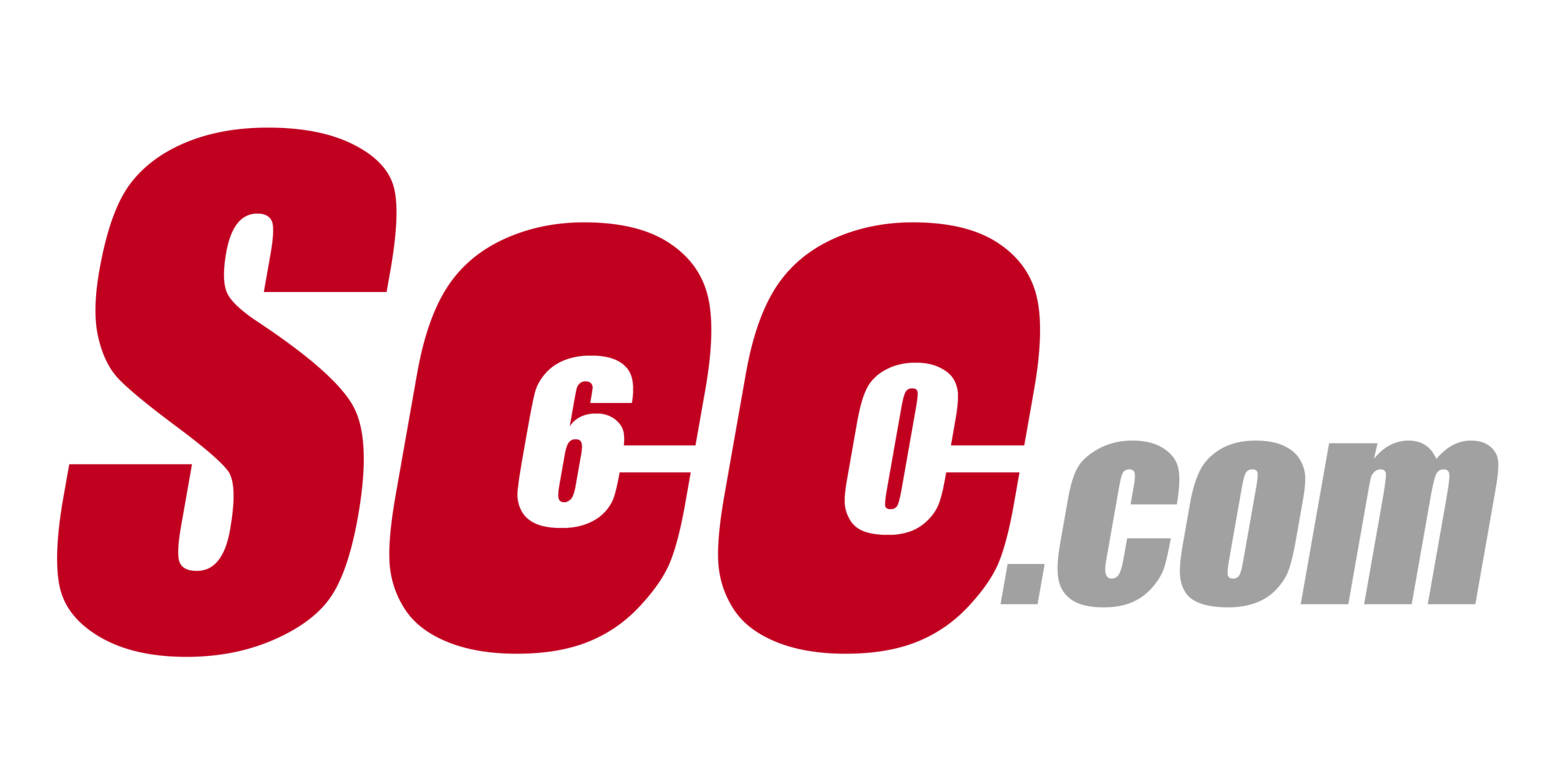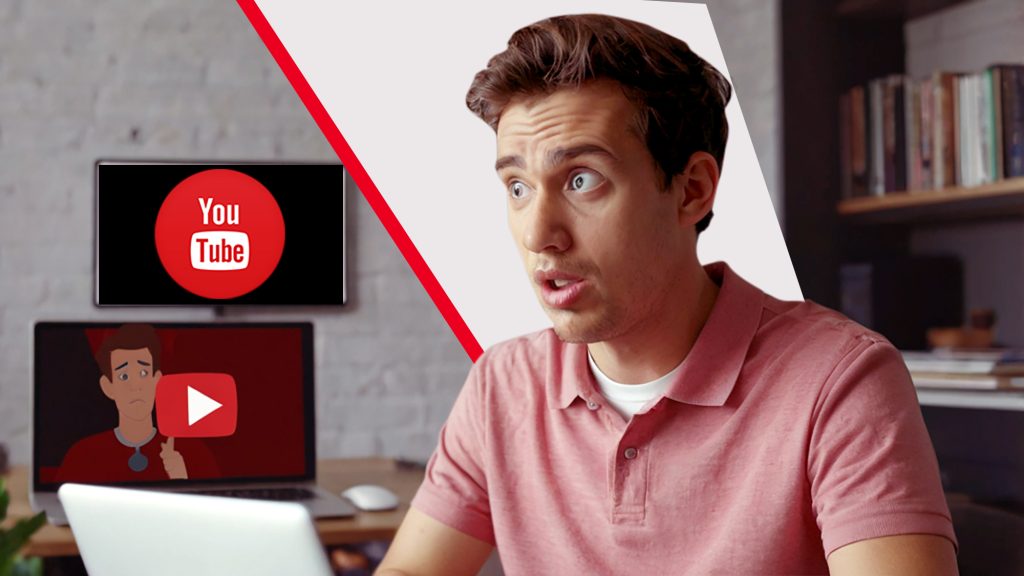Intro:
Getting rejected for monetization on YouTube due to “Reused Content” is one of the most frustrating setbacks a creator can face—especially after putting in the time, energy, and creativity to grow your channel. I know this personally because it happened to me in early 2024.
If you’re going through this too, don’t panic. This guide will walk you through exactly how I fixed it—including how I created a successful YouTube appeal video, got monetized, and what mistakes to avoid.
The Rejection That Started It All
In early 2024, after meeting all the YouTube Partner Program requirements—1,000 subscribers and 4,000 watch hours—I submitted my channel for monetization. I was confident. My channel, which focuses on movie recap videos, had put in the hours—literally.
But then came the email that shook me:
“We’ve reviewed your channel carefully, and unfortunately we found that your channel doesn’t follow all of the YouTube monetization policies. Specifically, we found that your channel reuses content from other sources without adding significant original commentary or educational value. Because of this, your channel isn’t currently eligible to monetize.”
What Does “Reused Content” Really Mean?
Let’s be clear: YouTube is not against reused content—but they have strict rules around how it’s used. You can use existing footage (like movie clips, game scenes, public domain or royalty-free content), but you must transform it by adding:
- Original narration or voiceover
- Substantial commentary
- Educational or explanatory value
- Clear editing and storytelling
- A purpose beyond the original content
Simply reposting someone else’s work—even with credit—is not enough.
Why I Knew My Channel Was Compliant
Even though I was rejected, I was confident that my content did comply with YouTube’s policies.
Here’s what I do in every single video:
- Original Scripts: I write my own commentary and breakdowns—no reused descriptions.
- AI Voiceovers: I use a consistent AI-generated voice for narration, creating familiarity and uniqueness.
- Transformative Editing: I restructure footage to match my story flow—adding transitions, overlays, and sound effects.
- Educational Value: I simplify plots and character arcs so viewers get value even without watching the full film.
Bottom line: My content is not just re-uploaded—it’s creatively transformed.
Common Triggers of Reused Content Rejections
To avoid this issue, you need to understand what triggers YouTube’s reused content flag. It includes:
- Uploading movie/show scenes with little or no changes
- Using clips from other creators without commentary
- Compilation videos with no original input
- Reposting content from TikTok, Instagram, etc.
What YouTube Wants to See
YouTube wants to see clear transformation, such as:
- Voiceover narration or commentary
- Original scripts and storytelling
- Editing that changes how content is consumed
- Added context, humor, or explanation
My Initial Mistake—and the Turning Point
After watching tons of advice videos (many said “Delete all your videos and start fresh!”), I almost gave up.
Then I asked ChatGPT: “What exactly does YouTube want? How do I fix this?”
The response was clear:
You don’t need to delete your videos—just show YouTube how your content is original and transformed.
That’s when I learned about the power of an Appeal Video.
What Is a YouTube Appeal Video?
A YouTube Appeal Video is a custom, unlisted video that shows:
- Who you are
- What your channel does
- How your content is made
- That you follow YouTube’s reuse and monetization policies
This video is uploaded to your channel and submitted as part of your appeal form.
How I Created My Successful Appeal Video (Step-by-Step)
Step 1: Write a Clear Script
Structure your script like this:
Introduction:
“Hello YouTube team, my name is [Your Name], and I’m the creator of [Channel Name], where I post [type of content].”
Video Creation Process:
“I personally write scripts using [tools], use [AI voice/real voice] for narration, and edit with [software] to ensure flow and clarity.”
Content Rights:
“I use royalty-free, public domain, or heavily edited footage to ensure it aligns with the reuse policy.”
Voice Tip:
Use the same voice you use in your actual videos (AI or real). I learned this the hard way—my first appeal failed because I used my real voice instead of the AI voice used in my content.
Conclusion:
“Thank you for reviewing my appeal. I believe my content is transformative and meets YouTube’s standards.”
Step 2: Record the Video
You can:
- Use your voice or AI voice
- Add slides or show clips from your workflow
- Record your screen or yourself—whatever fits your usual style
- Keep it short: 1–4 minutes
Step 3: Upload Your Appeal Video
- Upload to your own YouTube channel
- Set to “Unlisted”
- Title it: Monetization Appeal – [Your Channel Name]
Step 4: Submit the Monetization Appeal Form
- Go to YouTube Studio > Monetization > Feedback
- If eligible, you’ll see an option to “Appeal”
- Paste your unlisted video link
- Include a brief explanation from your script
Step 5: Wait for Review
- YouTube typically responds in 7–14 business days
- If approved, monetization is re-enabled
- Avoid deleting videos unless they clearly break policy
Key Tips for Appeal Success
- Stay Consistent: Use the same voice and style as your normal content
- Be Clear: Outline your video creation process
- Stay Professional: Be polite and confident
- Be Honest: Don’t exaggerate—reviewers know what to look for
Final Words: Don’t Give Up
Dear creator, rejection isn’t the end. It’s a learning opportunity.
In my case, it led me to clarity—and ultimately, to success. Thanks to tools like ChatGPT and research, I crafted the right appeal and got monetized.
Before you delete everything and start over, try this method. If your content is truly yours, YouTube will recognize it.
Let’s Connect
If you found this guide helpful or have questions about your appeal, feel free to leave a comment or reach out. I’d love to help others succeed.
Stay creative. Stay consistent. You’ve got this.



